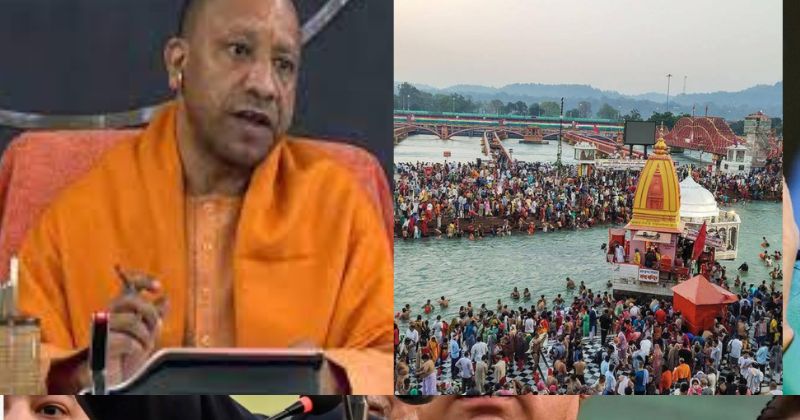NV Subash
The ongoing Kumbh Mela in Prayagraj has turned into a political and cultural phenomenon, with over 80 lakh devotees taking a holy dip on the first day. This massive gathering not only underscores the significance of the event but also highlights the political impact of its success. Chief Minister Yogi Adityanath’s government has received widespread praise for its efficient arrangements, leaving the opposition, particularly Akhilesh Yadav’s Samajwadi Party, scrambling for relevance.
The 2025 Maha Kumbh, being held in Prayagraj after 144 years, is a logistical marvel. The state government has transformed the city into Mahakumbh Nagar, with seamless arrangements for the anticipated 40 crore devotees, surpassing the 25-crore turnout of the previous Kumbh. Pilgrims, including revered sadhus and seers, have lauded the facilities, which they describe as unprecedented.
Media coverage, bolstered by interviews with devotees, has amplified the positive perception of Yogi Adityanath’s governance. This narrative starkly contrasts with the Samajwadi Party’s inability to leverage similar opportunities during its tenure, further exposing its shortcomings in administrative effectiveness.
Kumbh Mela’s deep-rooted significance in Hindu culture makes it more than just a religious event; it is a celebration of Sanatan Dharma. And, my party believes this. The event’s grandeur is intertwined with astronomical alignments, as described in ancient scriptures like the Atharva Veda and Matsya Purana. The mythical origins of Kumbh, where drops of nectar fell at four locations—Prayagraj, Haridwar, Ujjain, and Nashik—underscore its spiritual allure.
By reviving the cultural and religious prominence of Kumbh, Yogi Adityanath has not only appealed to Hindu sentiments but also positioned his administration as a custodian of India’s heritage. The removal of restrictions on access to sacred sites like the Akshayvat tree, imposed during the Mughal era, adds another layer to this narrative.

The Akshayvat tree, located at the Sangam, embodies the spiritual essence of Kumbh Mela. Believed to be eternal, it is steeped in mythology and historical accounts. From the blessings of Mata Sita to references in the Valmiki Ramayana and Kalidas’ Raghuvansham, the tree symbolizes continuity amidst change.
Chinese traveller Huen Tsang documented the magnificence of Kumbh during Emperor Harshavardhan’s reign, while subsequent Mughal and colonial interventions sought to suppress its cultural significance. The Yogi government’s decision to restore public access to Akshayvat in 2018, a move initiated by the late General Bipin Rawat, underscores a reclaiming of heritage.
For the Opposition, particularly the Samajwadi Party, the success of Kumbh Mela poses a daunting challenge. The event highlights the BJP’s ability to blend governance with cultural revival, resonating deeply with the electorate. Akhilesh Yadav’s failure to capitalize on past gains, as seen in the recent assembly by-polls, further weakens his position.

The contrast between Yogi Adityanath’s proactive approach and the opposition’s reactive stance underscores a shifting political landscape. The Kumbh’s success not only consolidates the BJP’s voter base but also broadens its appeal among Sanatanis, a demographic critical for electoral success.
The 2025 Kumbh Mela represents more than a religious gathering; it is a testament to effective governance, cultural revival, and political astuteness. By aligning administrative efficiency with cultural pride, Yogi Adityanath has set a benchmark for managing large-scale events.
For the Opposition, the message is loud and clear: governance and cultural resonance matter. Failure to acknowledge and adapt to this reality risks further alienation from the electorate. The Kumbh Mela’s success has not only rattled the Opposition but has also redefined the interplay between politics and culture in modern India. (The author is the official spokesperson of the Telangana state BJP unit and the grandson of former prime minister PV Narasimha Rao)






